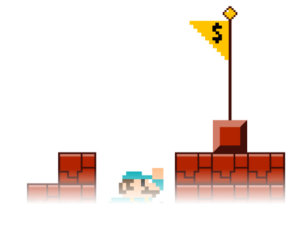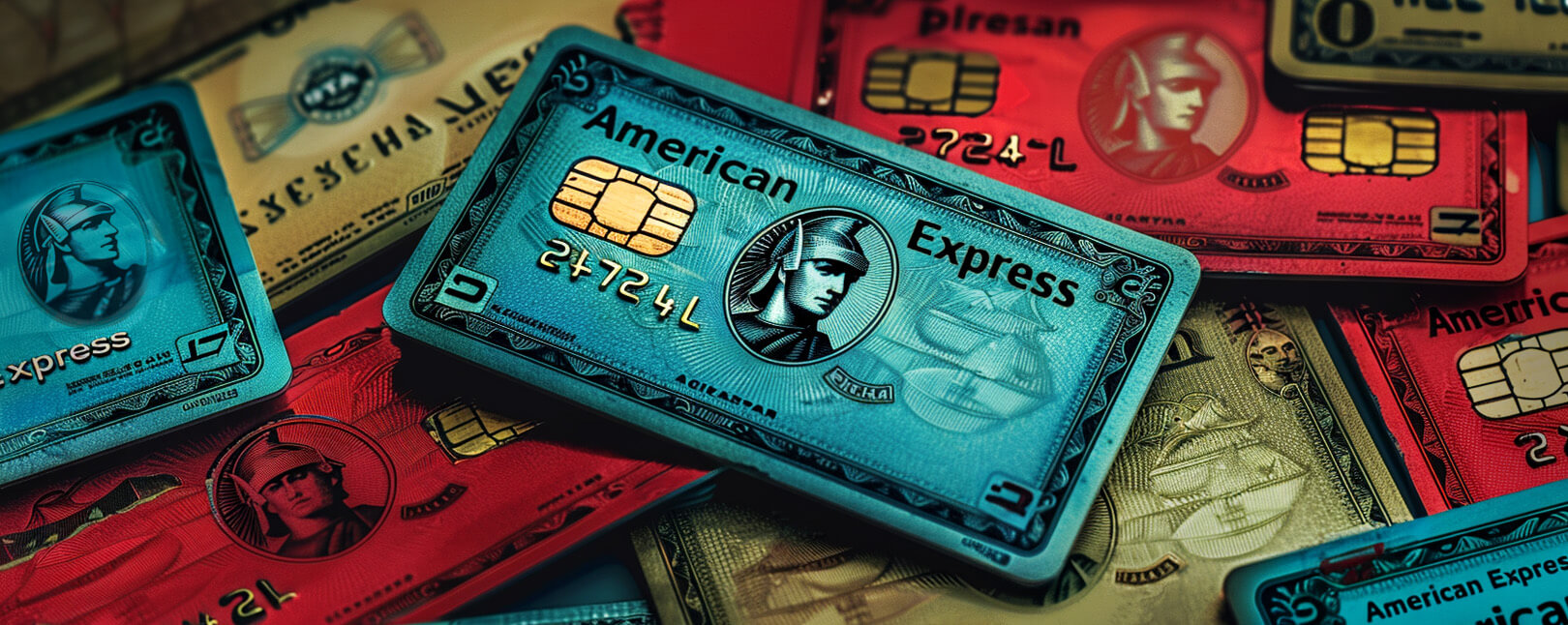Examining the Top 3 Video Game Industry Chargeback Sources
With roughly 2.5 billion regular players in 2017—close to one-third of the world’s population—video games may be the world’s most popular pastime. But, the fact that gaming is such a huge market is also what makes it a hot target for fraud.
It’s not all that shocking that fraudsters would target games. As info published by SuperData shows, the video game industry brought in a massive $108.4 billion in revenue in 2017. $82 billion of that total was pulled from free-to-play titles on both desktop and mobile devices.
The massive amounts of cash flowing around the industry draw fraud like a magnet. And where you’ve got fraud…you’ve got chargebacks.

The Chargeback Problem is Getting Worse
So, why the focus on gaming when the current average chargeback ratio in the video game industry sits at 0.43% of transactions?The problem is not exclusive to the video game industry. Chargebacks cost eCommerce merchants $31 billion a year globally in 2017, and that’s not even counting ancillary costs like false declines, rising banking fees, returns, and impacted merchant sustainability. And, as if that weren’t enough, overall chargeback costs increase an average of 20% every year across the board.
The problem doesn’t seem too big…until you remember just how massive the gaming industry really is. We’re talking about billions of dollars lost every year, with billions more at risk as the industry keeps growing and expanding into the microtransactional business model.
The source of chargebacks is more shocking that the cost, though. More and more often, it’s your seemingly-legitimate customers perpetrating fraud…not the criminals.
How Shady Chargebacks Hurt Your Bottom Line
You’d assume your chargebacks are mostly the result of criminal fraud. However, our research suggests less than 10% of all disputes come from conventional criminal attacks like identity theft or account takeover. Most chargebacks come from one of these three sources:
- Family Fraud
- Friendly Fraud
- Cyber Shoplifting
Each fundamental chargeback source is different from one another. Different customer behaviors and circumstances cause them, and you’ll need different strategies to deal with each one.
Stopping Chargebacks in the Video Game Industry
Family fraud and friendly fraud are very similar threats, but the two have different sources. You’ll need different strategies to deal with each one.
Prevent Family Fraud
Your best shot at stopping family fraud is to try and identify the individual user. We at Chargebacks911® recommend using multiple different methods to validate ID whenever possible. For example, you can employ a combination of payment information, as well as a password or PIN, or even biometric tools to authenticate in-game purchases.
Another option is to ask users to validate an emailed receipt after a transaction. This could alert parents about unauthorized purchases and allow you to refund the item to avoid a chargeback.
You should also take preemptive action, like reminding users about parental controls to limit purchases made by children.
Prevent Friendly Fraud
The best way to prevent customers from committing unintentional friendly fraud is to remove anything that might confuse the customer regarding expectations or policies. Be straightforward with what the customer should expect from the purchase and ask them to read and verify your terms of service first.
Customer service is also vital to prevent friendly fraud. Round-the-clock assistance, responding to emails and social media messages within an hour, and employing chatbots to expedite service are all helpful tactics. You can prevent customers from filing chargebacks as a matter of convenience with quality service.
Prevent Cyber Shoplifting
Family fraud and friendly fraud are both hard to control, but they’re nothing compared to cyber shoplifting. There are few warning signs because cyber shoplifting occurs when fraudsters set out with the intent of getting something for free, posing as legitimate customers.
You can flag cross-border transactions and large orders for manual review, put limits on transaction velocity, and send confirmation emails. Ultimately, though, there are no tools that can identify cyber shoplifting ahead of time with reliable accuracy.

When Chargeback Prevention Falls Short
Your options are limited if you’re trying to stop cyber shoplifting from happening. Plus, even with preventative measures in place, family fraud and friendly fraud will still slip-by your defenses on a regular basis.
The only way to deal with chargebacks once the customer files one is through chargeback representment.
This is a complicated, litigation-based process. To be effective, you need to understand chargeback regulations inside-and-out and have the skill and expertise to assemble a case in a short timeframe. For most businesses in the gaming industry, especially those who offer in-game microtransactions, there’s not enough time or resources available to do this intensive casework.
The best solution is to partner with an organization that can provide the expertise you need to reduce chargebacks where possible, then fight for you to win any disputes.
Chargebacks911® offers advanced tools and strategies ideal for the gaming industry. Click below to learn about our unmatched solutions to both fight and prevent chargebacks…regardless of their source.















